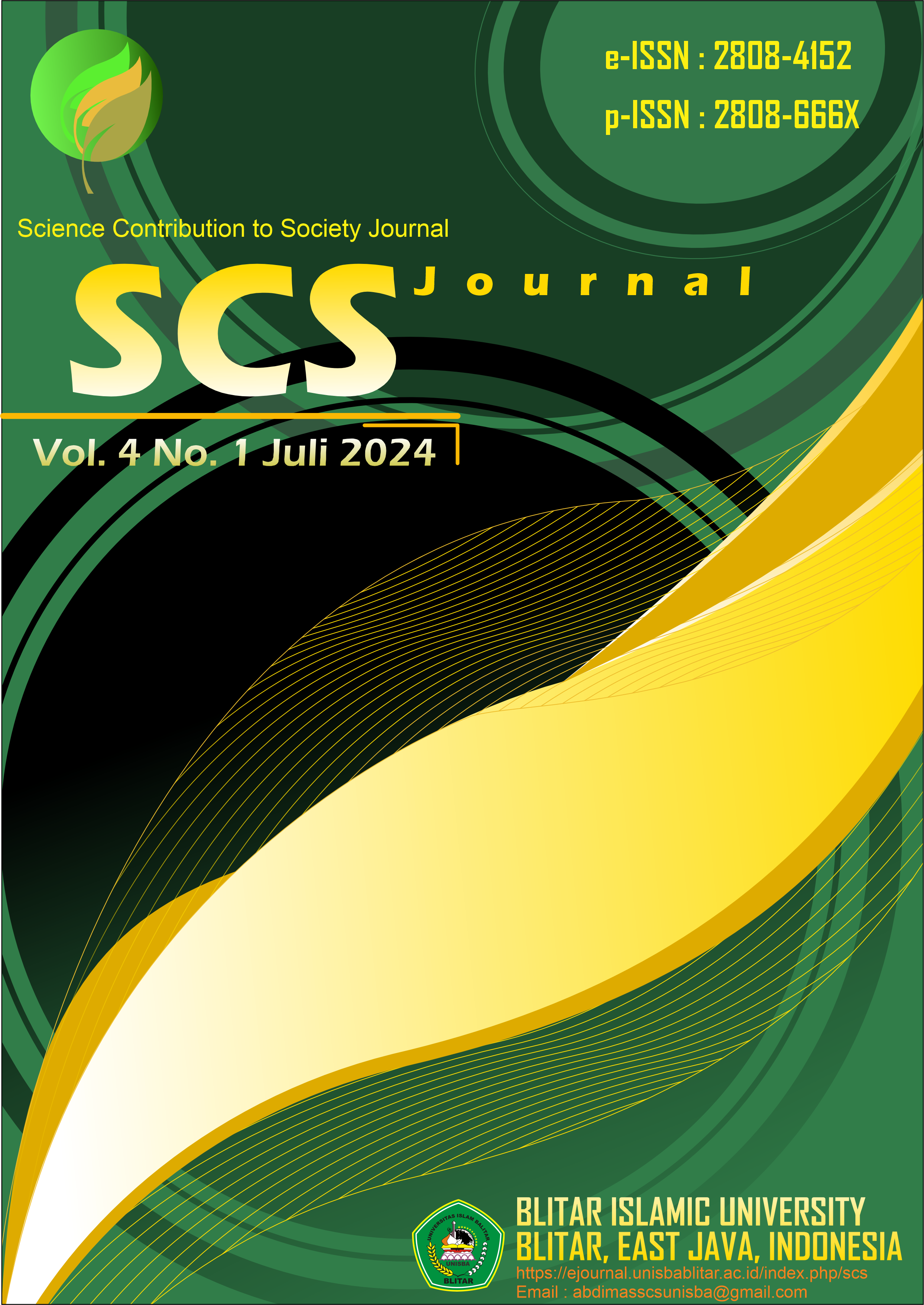Sosialisasi Game Edukasi Virtual Quiz Berbasis Mediapipe untuk Sekolah Dasar
Abstract
Virtual educational game quiz using Mediapipe is one of the innovative and exciting learning methods for 3rd grade elementary schoolchildren at SDN Wonorejo Talun Blitar. This game was created with the aim to help improve children's understanding and knowledge in a variety of subjects in an interactive and fun way. In this game, children will be asked to answer the questions given through video and voice displays using Mediapipe technology. They can answer questions by moving their bodies or showing answers through specific gestures. This will provide a more interactive and educational learning experience for children, so that they can more easily understand the lesson submitted. Besides, virtual educational quiz games can also help improve children's concentration and focus in learning. With a fun and exciting way of playing, children will be more motivated to learn and follow every question well. They will also learn to collaborate and communicate with their friends in search of the right answers. Through these games, children are expected to be able to learn more effectively and efficiently, as well as improve their academic scores at school. They will also become more skilled in using technology and understand lesson concepts better. Thus, a virtual educational quiz game using Mediapipe can be one of the effective and innovative learning methods for 3rd grade elementary schoolchildren at SDN Wonorejo Talun Blitar. For the outdoors proposed by the executive team are publications of scientific journals and virtual games quizzes.
References
Dwiyono. (2017). Pengembangan Game Edukasi Sebagai Media Pembelajaran Interaktif Pada Kompetensi Dasar Mendeskripsikan Penggunaan Peralatan Tangan (Hand Tools) dan Peralatan Bertenaga (Power Tools). Jurnal Pendidikan Teknik Mekatronika, 7(4), 343-351.
G Chursin, M. S. (2021). Using Computer Vision in The Gameplay of Educational Computer Games. Paper presented at the Jornal of Physics: Conference Series.
Google. (2023). Mediapipe Machine Learning. Retrieved from https://developers.google.com/mediapipe
Krenare Pireva Nuci, R. T., Alf Inge Wang, Ali Shariq Imran. (2021). Game-Based Digital Quiz as a Tool for Improving Students’ Engagement and Learning in Online Lectures. IEEE Access, 9(2169-3536), 91220 - 91234. doi:http://dx.doi.org/10.1109/ACCESS.2021.3088583
Mahwar Alfan Nisa, R. S. (2022). Pengaruh Penggunaan Game Edukasi Berbasis Wordwall Dalam Pembelajaran Matematika Terhadap Motivasi Belajar. Jurnal Penelitian Guru Indonesia, 7(1), 140-147. doi:https://doi.org/10.29210/022035jpgi0005
Muhammad Rizal Kurniawan, L. Y. R. (2021). Pengembangan Game Edukasi Digital dan Implementasi Pada Pembelajran Biologi Materi Plantae Siswa SMA Kelas X. Jurnal Pendidikan Biologi, 12(1). doi:http://dx.doi.org/10.24127/bioedukasi.v12i1.3759
Saiful Nur Budiman, S. L., Haris Yuana, Beta Nurul Awwalin. (2023). SIBI (Sistem Bahasa Isyarat Indonesia) berbasis Machine Learning dan Computer Vision untuk Membantu Komunikasi Tuna Rungu dan Tuna Wicara. JTMI - Jurnal Tekonlogi dan Manajamen Informatika, 9(2), 119-128. doi:https://doi.org/10.26905/jtmi.v9i2.10993
Saiful Nur Budiman, S. L., Suji Marselius Evvandri, Rahma Kartika Putri. (2022). Pengenalan Gesture Gerakan Jari Untuk Mengontrol Volum di Komputer Menggunakan Library OpenCV dan MediaPipe. ANTIVIRUS: Jurnal Ilmiah Teknik Informatika, 16(2), 223-232. doi:https://doi.org/10.35457/antivirus.v16i2.2508
Stella Stelani Makahaube, A. M. S., Sherwin RU Sompie. (2021). Implementation of Gesture Recognition Technology for Automated Education Service Kiosk. Jurnal Teknik Informatika, 16, 465-472.
Copyright (c) 2024 Science Contribution to Society Journal

This work is licensed under a Creative Commons Attribution-ShareAlike 4.0 International License.
Authors who publish with this journal agree to the following terms:
1. Copyright on any article is retained by the author(s).
2. The author grants the journal, right of first publication with the work simultaneously licensed under a Creative Commons Attribution License that allows others to share the work with an acknowledgement of the work’s authorship and initial publication in this journal.
3. Authors are able to enter into separate, additional contractual arrangements for the non-exclusive distribution of the journal’s published version of the work (e.g., post it to an institutional repository or publish it in a book), with an acknowledgement of its initial publication in this journal.
4. Authors are permitted and encouraged to post their work online (e.g., in institutional repositories or on their website) prior to and during the submission process, as it can lead to productive exchanges, as well as earlier and greater citation of published work.
5. The article and any associated published material is distributed under the Creative Commons Attribution-ShareAlike 4.0 International License




